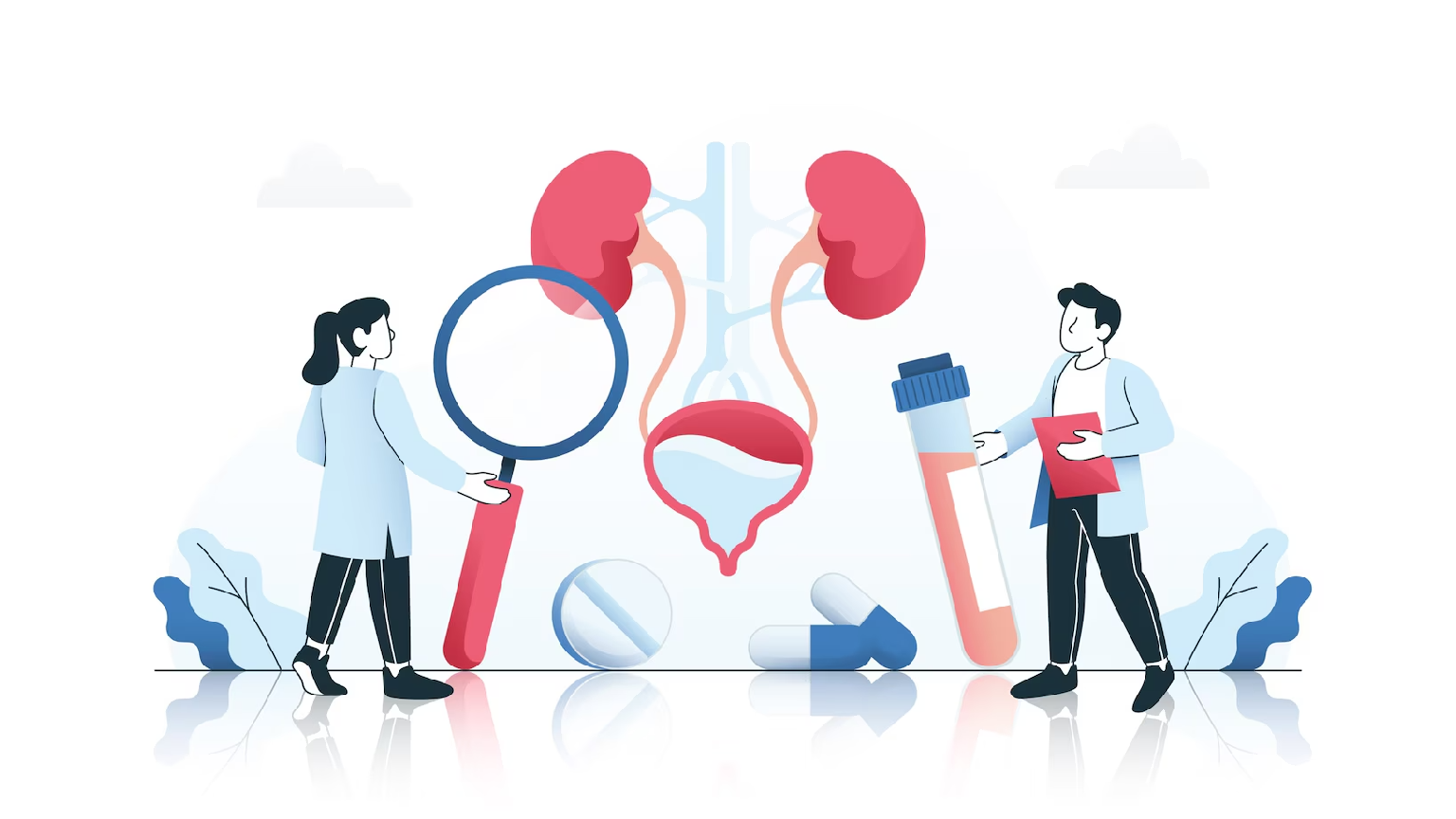Benign Prostatic Hyperplasia (BPH) is a common condition affecting older men, characterized by the non-cancerous enlargement of the prostate gland. This condition can significantly impact the quality of life by causing urinary and problems discomfort. This article provides an in-depth look at BPH, including its symptoms, causes, diagnosis, treatment options, and preventive measures.
What is BPH?
BPH is the enlargement of the prostate gland due to an increase in the number of cells. The prostate gland surrounds the urethra, the tube through which urine passes out of the body. As the prostate enlarges, it can squeeze the urethra, leading to urinary difficulties.
Symptoms of BPH
The symptoms of BPH can vary in severity and may include:
- Urinary Frequency: An increased need to urinate, especially at night (nocturia).
- Urgency: A sudden, strong urge to urinate.
- Hesitancy: Difficulty starting the flow of urine.
- Weak Stream: A weak or interrupted urinary stream.
- Dribbling: Post-urination dribbling.
- Incomplete Emptying: A feeling that the bladder is not completely empty after urinating.
- Pain or Discomfort: Occasionally, discomfort during urination.
Causes of BPH
The exact cause of BPH is not fully understood, but several factors are believed to contribute to its development:
- Age: The risk of BPH increases with age, particularly in men over 50.
- Hormonal Changes: Changes in the balance of sex hormones as men age.
- Family History: A family history of prostate problems may increase the risk.
- Lifestyle Factors: Diet and lifestyle may play a role, though this is less clearly understood.
Diagnosis of BPH
To diagnose BPH, a healthcare provider will conduct a thorough evaluation, which may include:
- Medical History and Symptom Review: Discussing symptoms and their impact on daily life.
- Physical Examination: Including a digital rectal exam (DRE) to assess the size and condition of the prostate.
- Urine Tests: To check for infection or other issues.
- Prostate-Specific Antigen (PSA) Blood Test: Elevated levels can indicate prostate problems, including BPH and prostate cancer.
- Imaging: Ultrasound or other imaging techniques to examine the prostate and urinary system.
- Urodynamic Tests: To measure bladder function and urine flow.
Treatment Options for BPH
Treatment for BPH depends on the severity of symptoms and how much they affect quality of life. Options range from lifestyle changes and medications to minimally invasive procedures and surgery.
- Lifestyle Changes
Fluid Management: Reducing fluid intake in the evening to minimize nighttime urination.
Diet: Reducing caffeine and alcohol, which can irritate the bladder.
Bladder Training: Techniques to improve bladder control. - Medications
Alpha-Blockers: Relax the muscles of the prostate and bladder neck to improve urine flow.
5-Alpha-Reductase Inhibitors: Reduce the size of the prostate by blocking the hormone that promotes prostate growth.
Combination Therapy: Using both alpha-blockers and 5-alpha-reductase inhibitors for more effective symptom relief. - Minimally Invasive Procedures
Transurethral Resection of the Prostate (TURP): Removes part of the prostate tissue to improve urine flow.
Laser Therapy: Uses laser energy to remove or shrink prostate tissue.
UroLift System: Implants that lift and hold the enlarged prostate tissue out of the way, so it no longer blocks the urethra. - Surgery
Open or Robotic Prostatectomy: Surgical removal of part or all of the prostate gland, typically for very large prostates or if other treatments fail.
Preventive Measures
While BPH cannot be completely prevented, certain lifestyle changes may help reduce the risk or delay its progression:
- Regular Exercise: Helps maintain a healthy weight and reduce the risk of BPH.
- Healthy Diet: A diet rich in fruits, vegetables, and healthy fats.
- Stay Hydrated: Drink plenty of water, but manage fluid intake to avoid excessive urination at night.
- Limit Caffeine and Alcohol: Both can irritate the bladder and exacerbate symptoms.
Living with BPH
BPH is a manageable condition. By understanding the symptoms, treatment options, and working with your doctor, you can maintain good urinary function and quality of life.
Conclusion
BPH is a common and manageable condition that affects many men as they age. Understanding the symptoms, seeking early diagnosis, and exploring a range of treatment options can help manage the condition effectively. If you experience any urinary symptoms or suspect you may have BPH, consult a healthcare provider for proper evaluation and personalized treatment. Regular check-ups and a healthy lifestyle are key to maintaining prostate health and overall well-being.
Remember: This blog post provides general information and should not replace a consultation with your doctor. If you’re experiencing urinary problems, schedule an appointment to discuss your individual situation and get the best course of treatment.








